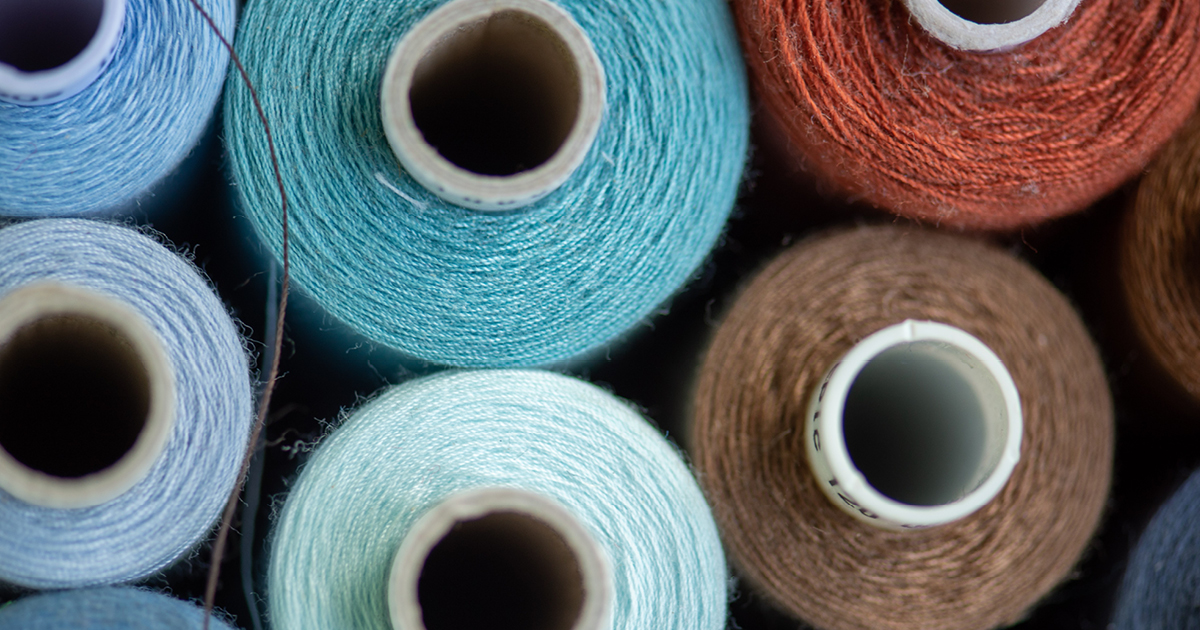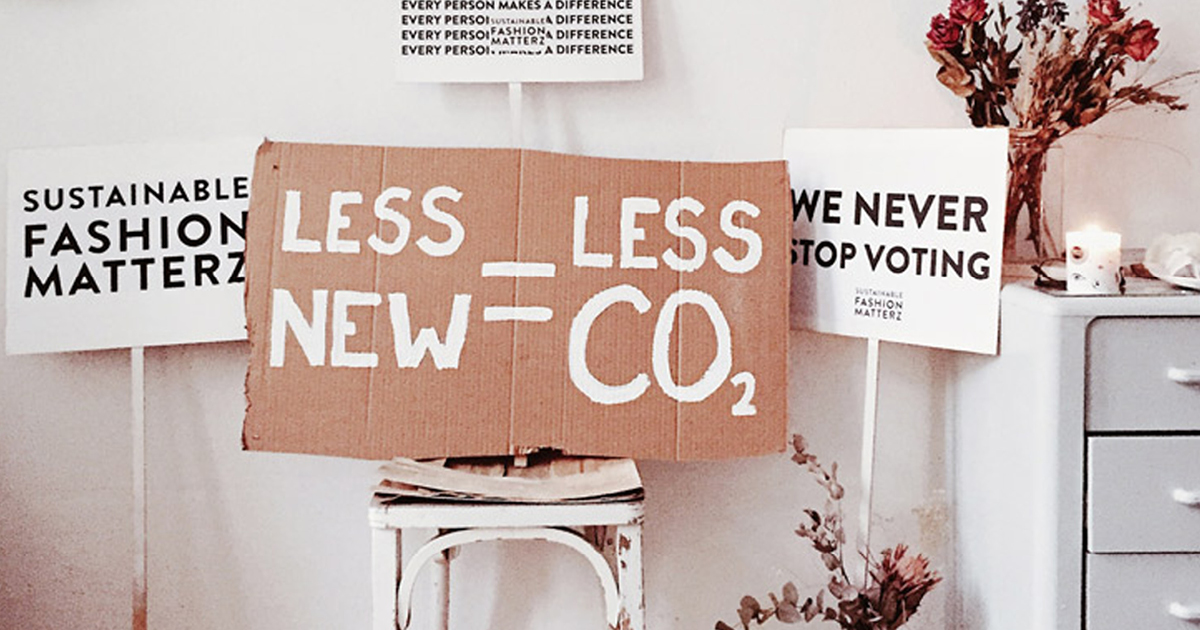Fashion industry to cop flack at climate crisis talks
3499 0
Last month we released Footwear: An Industry Laced with Exploitation, our expose and research into the footwear industry in New Zealand and we were overwhelmed with the support and attention it received. Best of all, the article even encouraged a couple of footwear companies to promise to do better when it came to communicating their efforts to look after the environment and their workers.
This month we’re turning our attention to focus on the fashion industry’s role in the climate crisis. Why? Because right now over 100 world leaders and numerous corporate and civil society representatives are gathering in Egypt to discuss the climate crisis.
The meeting, called the Conference of Parties (COP27), is the United Nations annual climate change conference. The 27th conference which started on Sunday, November 6, continues to build momentum on the global efforts to address climate change.
The conference has two key zones: “the Blue Zone” where key negotiations between world leaders take place and “the Green Zone” which hosts events to educate and promote climate action amongst organisations, communities, academia and businesses (including representatives from the fashion industry).
If you’ve been following Tearfund’s advocacy in the ethical fashion space, it probably won’t surprise you that the fashion industry is a big player in the climate crisis. The industry generates more harmful carbon emissions than all international flights and shipping combined. So, we think this global moment is a great opportunity for us to encourage our favourite clothing and footwear brands to be more ambitious in their commitment to tackling climate change and you can join us in adding your voice!
Three ways the fashion industry contributes to the climate crisis + what you can do about it:
The fashion industry largely relies on synthetic fibres – try to use organic cotton and responsible wool.

An estimated 65% of all clothing produced globally is made from synthetic fibres like polyester, nylon and spandex. These fibres use an estimated 342 million barrels of oil per year to create them.
However, there are more environmental alternatives to these synthetic fibres, like organic cotton and responsible wool, but to reduce their harmful impacts on the planet, more fashion companies need to switch to these alternatives. In our latest research, we found 82% of companies use at least some sustainable materials in their collections. However, only 46% of these companies used more than 25% of these materials for their overall production.
The fashion industry’s models are linear - make it circular!

Using virgin fibres (newly grown or produced, non-recycled fibres) in general is highly emissions-intensive, accounting for 38% of all emissions in the clothing supply chain. Then once the fibre has been produced, and the t-shirt made and worn, it’s eventually sent to be buried in the landfill, forming a “linear” fashion model. In New Zealand, we send a massive 34.9 million kg of clothes to landfills each year. This clothing waste (and broader textile waste) produces the equivalent emissions to 144,770 round-trip flights between Auckland and London.
But what if our t-shirt skipped the landfill and was made into something else? “Circular fashion” refers to the process of using old clothing to create new goods—whether it’s a garment or something else. Our research found that only 16% companies surveyed understood the environmental impacts of all stages of their product lifecycle and designed them for circularity. The move to circularity isn’t just on fashion companies to change. Many cities, and even countries, lack the necessary infrastructure for textile recycling, so collaboration between fashion companies and governments will be needed.
The fashion industry relies on overproduction for profit – buy less and buy quality.

The Paris Agreement (the legally binding international treaty on climate change) has the central goal of keeping global temperature increase to no more than 2°C. To ensure this goal is met, the fashion industry will need to find a business model that does not depend on continuous growth in the number of clothes sold. With the amount of clothing our world is producing increasing by 400% in just the last two decades, we need to explore new pathways forward.
2021's research found only half the companies surveyed are starting to address the issues of overproduction, with many relying on donating unsold clothing to op shops rather than just throwing it away. While this is a lower-impact method for disposal, it doesn’t adequately address the vast overproduction.
We can make a difference

Over the next few weeks, we’ll be watching with keen interest what happens as leaders discuss the fashion industry and climate change at COP27. And we’ll also be using it as an opportunity to encourage our favourite fashion brands to take more ambitious action to address their emissions. So, keep an eye on our blog and social media for how this will happen and the role you can play.